
Navigating Business Efficiency: Exploring SAP Modules for Solutions
SAP offers a comprehensive suite of Enterprise Resource Planning (ERP) software solutions. Modules of SAP integrates various business functions like finance, HR, supply chain, and manufacturing, enabling organizations to streamline operations, optimize processes, and make data-driven decisions for sustained growth and competitiveness.

SAP INTRODUCTION
SAP, which stands for Systems, Applications, and Products in Data Processing is a leading Enterprise Resource Planning (ERP) software suite that helps organizations streamline and integrate their business processes.
Modules of SAP are individual components or applications within the SAP ERP system, each designed to address specific business functions. These modules cover a wide range of organizational activities and are highly customizable to meet the unique requirements of different industries.
SAP ECC is a traditional ERP software suite designed for Enterprise Resource Planning, while SAP HANA is an in-memory database platform that enables real-time data processing and analytics.
SAP can run on various databases, whereas SAP HANA serves as both a database and an application platform, providing enhanced speed and performance for applications like SAP S/4HANA.

CLASSIFICATION OF SAP MODULES
SAP modules can be broadly categorized into functional and technical modules, each serving specific roles within the SAP ecosystem.
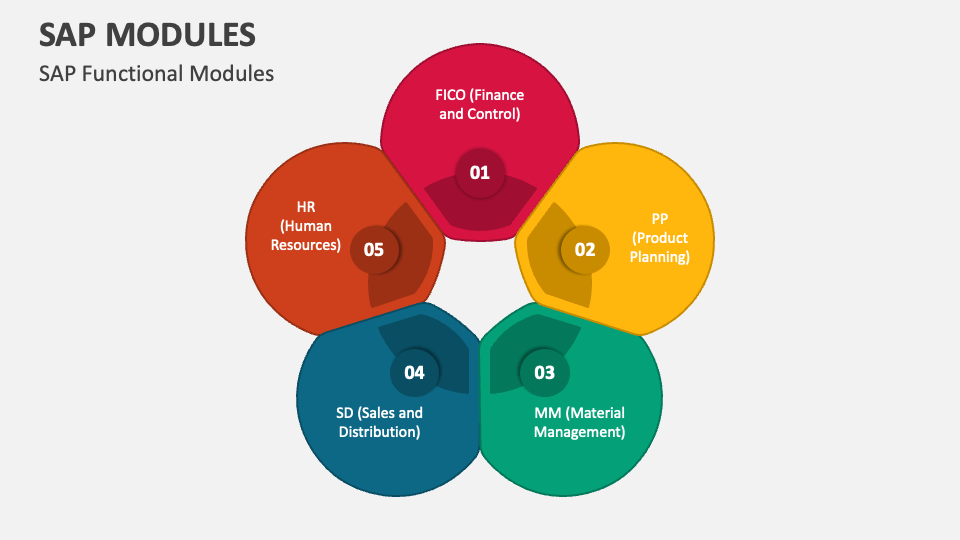
Functions of SAP Modules:
Functional modules in SAP are designed to address specific business processes and activities. They are primarily focused on meeting the functional requirements of different organizational departments. Some keyfunctional modules include:
SAP FICO

SAP SD

SAP MM
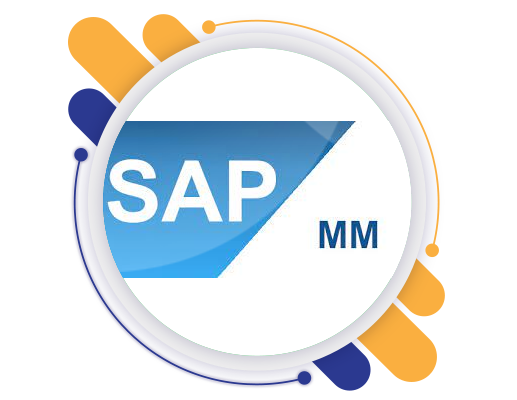
SAP PP
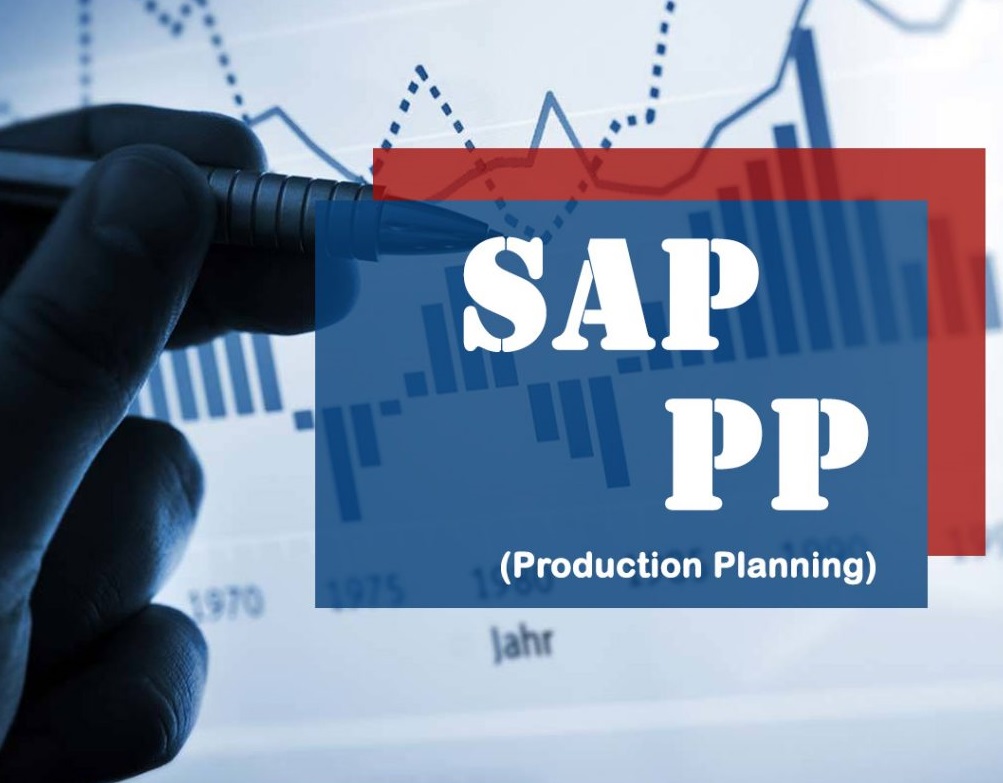
SAP HCM
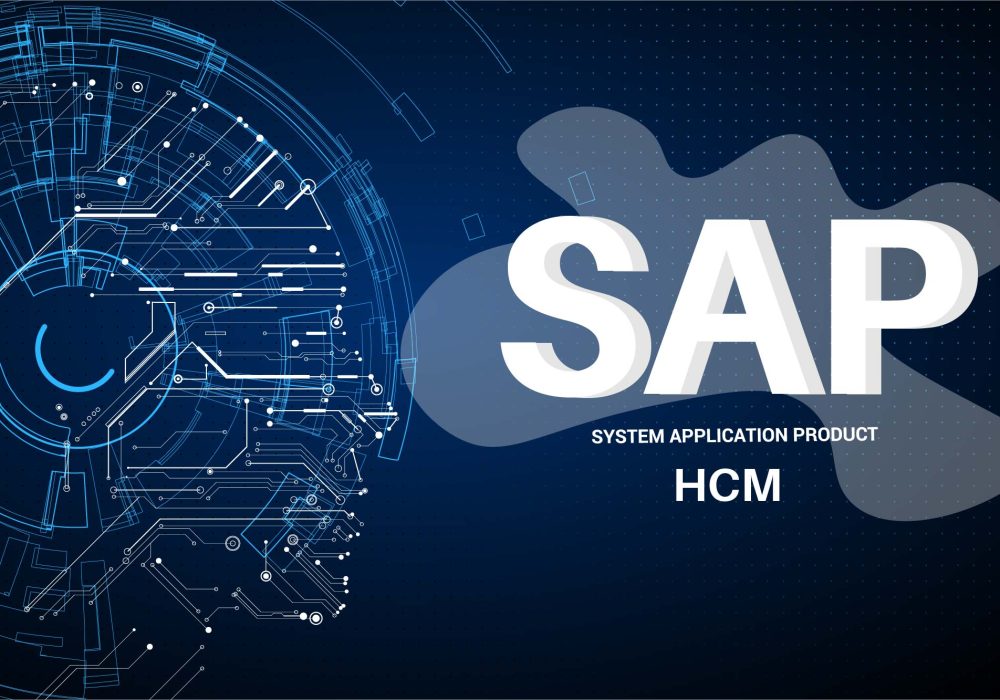
1. SAP FICO
Financial Accounting (FI) and Controlling (CO), is a comprehensive module within the SAP ERP system designed to manage an organization’s financial processes and control activities.
In the FI component, it covers tasks such as recording and tracking financial transactions, maintaining a robust general ledger, and handling accounts payable and receivable for accurate financial reporting.
Meanwhile, the CO component focuses on management accounting, budgeting, and internal reporting, providing insights into an organization’s costs and performance. Integration between SAP FI and CO ensures a seamless flow of financial data across the enterprise, enabling a holistic view of an organization’s financial health.


SAP FICO facilitates the creation of financial statements and reports, offering stakeholders a clear understanding of the company’s financial standing. It supports various financial accounting processes, including asset accounting, tax accounting, and bank accounting.
SAP FICO helps create financial statements and reports to show stakeholders how the company is doing financially. It works together with other SAP modules like Materials Management (MM), Sales and Distribution (SD) and Project Planning (PP) to share financial information smoothly
SAP FICO plays a crucial role in regulatory compliance, helping organizations adhere to financial standards and legal requirements. Its highly customizable nature allows businesses to adapt financial processes to their specific industry needs. Overall, SAP FICO is integral to effective financial management, ensuring transparency, efficiency, and compliance within the business.
2. SAP SD
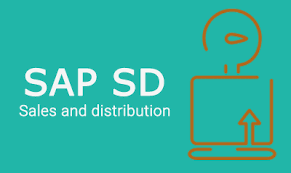
Sales and Distribution Management (SD) is a crucial module in SAP, known for its significant role in supporting an organization’s sales and distribution processes. It handles a wide range of activities, starting from product inquiries and quotations to order placement, delivery scheduling, picking, packing, goods issuance, product shipment, and billing.
This module integrates with various other SAP modules, including FI (Finance Accounting), CO (Controlling), MM (Material Management), PP (Production Planning), and LE (Logistics Execution), showcasing the intricate nature of the integration involved in business processes.
Key activities in SAP SD involve the setup of the organizational structure, which includes creating new companies, company codes, sales organizations, distribution channels, divisions, business areas, plants, sales areas, and maintaining sales offices and storage locations. The module also includes assigning organizational units, defining pricing components, configuring sales document types, billing types, and tax-related elements, as well as setting up customer master data records. Overall, SAP SD is instrumental in ensuring a streamlined and efficient flow of sales and distribution activities within an organization.
3. SAP MM
Materials Management, is a vital module in the SAP ERP system designed to optimize an organization’s procurement and inventory processes. It covers a range of functions, including procurement of materials, inventory management, vendor evaluation, and invoice verification.
SAP MM enables businesses to streamline their supply chain by efficiently managing purchase requisitions, purchase orders, and goods receipts. It integrates seamlessly with other SAP modules such as SAP SD (Sales and Distribution), SAP FICO (Financial accounting and Controlling) and SAP PP (Production Planning), ensuring a cohesive flow of information across various business functions.
The module supports essential activities like material valuation, batch management, and the handling of stock transfers between different storage locations. With features like vendor master data management and source determination, SAP MM aids organizations in making informed procurement decisions.
SAP MM also plays a crucial role in optimizing procurement costs, reducing lead times, and enhancing overall procurement efficiency. Its integration with SAP’s financial modules ensures accurate accounting and financial reporting related to procurement activities. In essence, SAP MM is integral to achieving effective and transparent materials management within an organization.
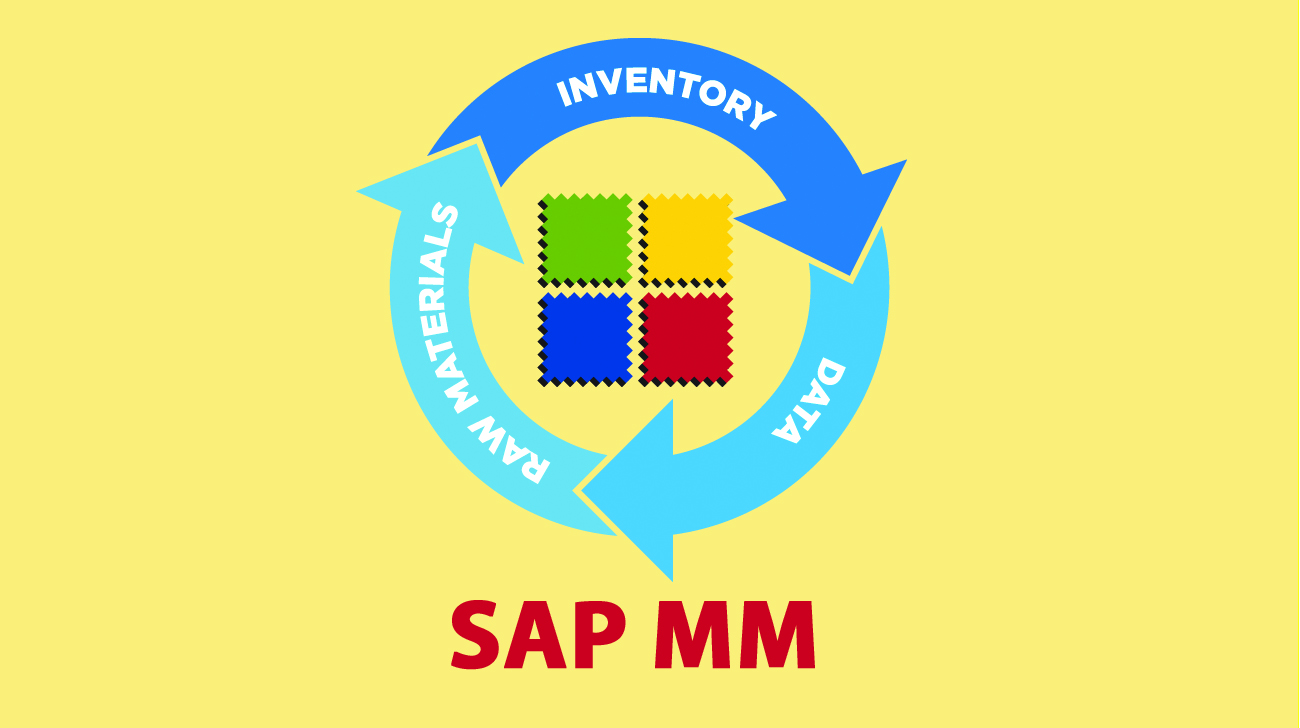

4. SAP PP
Production Planning, is a core module in the SAP ERP system, focusing on optimizing an organization’s production processes. It covers various functions such as demand management, material requirements planning, and capacity planning to ensure efficient production operations. SAP PP facilitates the creation of production orders, allowing organizations to plan and control the manufacturing process effectively.
It integrates seamlessly with other SAP modules, including SAP MM (Materials Management) and SAP SD (Sales and Distribution), ensuring a cohesive flow of information across the supply chain.


The module supports master data management for production resources, including bill of materials (BOM), work centers, and routing. It enables organizations to schedule and monitor production activities, helping to meet customer demands and maintain optimal inventory levels.
SAP PP plays a vital role in resource optimization, helping organizations plan and allocate resources effectively for production activities. With features like production confirmation and goods receipt, it ensures accurate recording of production data for reporting and analysis.
By aligning production plans with business objectives, SAP PP contributes to improved productivity, reduced lead times, and enhanced overall production efficiency. Its integration with financial modules ensures accurate cost tracking associated with production activities.
5. SAP HCM
Human Capital Management, is a key module in the SAP ERP system, focusing on managing human resources within an organization. It covers various HR functions, including personnel management, payroll processing, time management, and organizational management.
SAP HCM contributes to effective human resource management, fostering organizational growth and productivity.
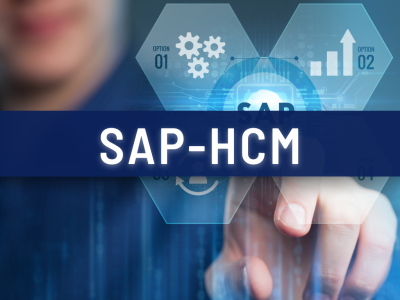
Technical Modules of SAP:
Technical modules in SAP are oriented towards system development, customization, and maintenance. They are crucial for IT professionals and developers working on SAP implementations. Some key technical modules include:
1) SAP ABAP
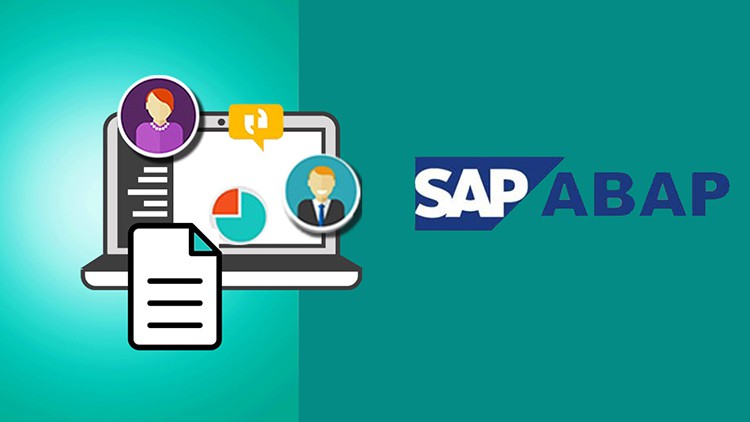
SAP ABAP
Advanced Business Application Programming, is a programming language developed by SAP for customizing and enhancing functionalities within the SAP ERP system.
ABAP allows developers to create custom reports, interfaces, and business applications, providing flexibility in tailoring SAP software to meet specific organizational needs. It plays a crucial role in enabling communication between different SAP modules and integrating external systems with the SAP environment.
ABAP is about Programming, Customization, Integration, Development and Flexibility.
2) SAP BASIS

SAP BASIS
The system administration module, is responsible for managing the technical aspects of the SAP system landscape, including system installation, configuration, and maintenance. BASIS professionals handle tasks such as user administration, system monitoring, and performance optimization to ensure the smooth functioning of SAP applications. It involves database management, security administration, and transport management, guaranteeing the integrity and security of data within the SAP environment.
SAP BASIS is about Infrastructure, Administration, Security, Integration and Performance.
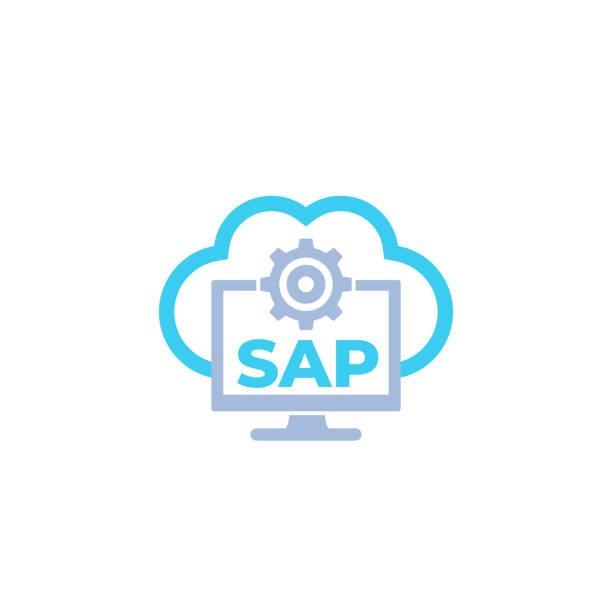
CONCLUSION
By leveraging SAP’s functional modules, organizations can achieve a seamless integration of diverse business functions, fostering collaboration across departments and ensuring a unified approach to data management. Simultaneously, the technical modules empower IT professionals to tailor the SAP system to the unique needs of the organization, enabling continuous improvement, scalability, and the adoption of cutting-edge technologies for sustained business growth.
